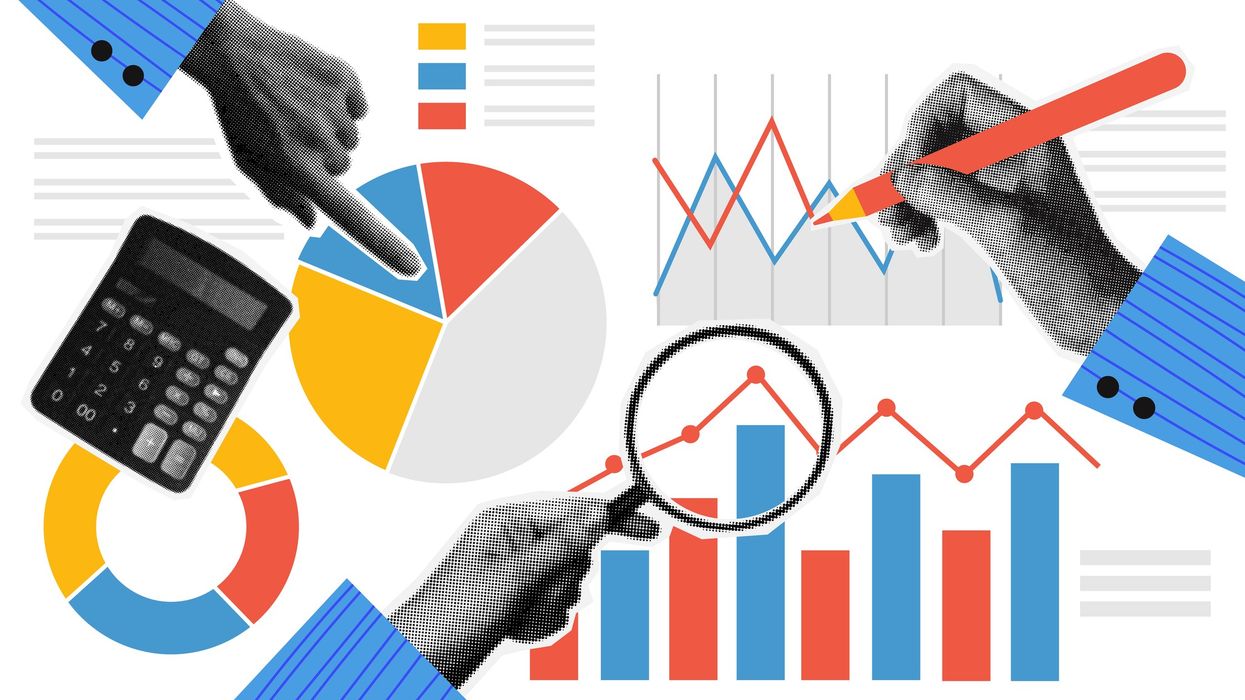Taking a look at cryptocurrency prices on Binance, one can see that, after the recent sell-off, Bitcoin prices have stabilized, and have started to move higher. There has been much speculation about a possible April rally for the top cryptocurrency by market cap.
Much of the speculation has had to do with talk about the possibility of a relief rally for “risk on” assets, in response to the Trump administration softening its stance regarding proposed tariffs. However, according to Arthur Hayes, don’t count on this particular macro catalyst driving the next big move for Bitcoin.
Rather, the BitMEX co-founder believes that another macro catalyst will be what drives BTC back to new highs. That said, while Hayes is bullish about this factor outweighing the possibility that tariff fears rattle the market once again, it may prove best not to dismiss the potential for tariff news to have a further impact on Bitcoin prices.
This Weeks PCE Release: Why it Matters for Bitcoin Prices
On Friday, March 28, 2025, the US Bureau of Economic Analysis (BEA) released the latest Personal Consumption Expenditures (PCE) report, which measures the rate of change in prices of U.S. consumer goods and services.
What does this report have to do with Bitcoin prices? Much like how recent tariff talk has weighed on investor sentiment for “risk on” assets like BTC, the same goes for any news related to inflation, and more importantly, interest rates.
Since the latest PCE print provided further evidence that inflation is stable at 2.5%, this will raise the market’s confidence that the Federal Reserve will carry on with its “Fed pivot,” or transition from tight monetary policy (higher interest rates, quantitative tightening), to more accommodative monetary policy (lower interest rates, quantitative easing).
In turn, this could lead to a resurgence in investor demand for “risk on” assets, Bitcoin included. It’s unclear how much of a positive impact the promising PCE print could have on prices, but as hinted above, several analysts and experts are laying out the argument that it could drive a strong rally, perhaps even send Bitcoin up to new all-time highs on the emotional response to tariffs subsides.
Next Stop $110,000?
In recent trading days, Bitcoin prices have been rangebound, with BTC struggling to break out above $80,000. However, this could be the prelude to another big move in this cryptocurrency’s trading price.
That’s the crux of Arthur Hayes’ recent bullish argument for Bitcoin prices, laid out in a X.com post published on March 23. In the post, Hayes argues that Bitcoin is more likely to hit $110,000 than $76,500 next, on the heels of promising monetary policy data. Also in the post, Hayes flippantly dismissed the notion that tariffs will once again place pressure on BTC prices.
While not for certain, Hayes may be considering more than upcoming monetary policy developments when constructing this new bull case for Bitcoin. Historically, Bitcoin has performed well during the month of April. That said, it’s still possible that Hayes comes to regret his statement that “tariffs don’t matter, cause ‘transitory inflation.’ JAYPOW told me so.”
Why? Hayes remarks notwithstanding, it’s clear that Bitcoin’s recent partial rebound has been driven by easing tariff concerns. Any subsequent tariff news that deviates from the current narrative could spark the next major round of volatility, impacting a possible April rally.
Bottom Line: Inflation News Has Not Outweighed Tariff News Yet
Instead of assuming that “positive inflation news will outweigh negative tariff news” or vice versa, consider how both of these factors could decide whether Bitcoin sinks or surges over the next month.
While the March 28th PCE data bolstered the “inflation is easing” narrative, President Trump’s April 2 “Liberation Day” tariff announcements along with the additional China specific tariffs have been received poorly by the market, which has stymied a much-anticipated April Bitcoin rally.
In addition to this, consider that, while Bitcoin prices have on average increased by double-digits during April, past performance is not indicative of future results.
















